Contents
While many of us were baking sourdough during lockdown, a team of researchers embarked on a fascinating lockdown project: capturing ant close up portraits! Ultimately, they ended up with nearly 12,000 images, and counting. These photos reveal a mesmerizing world of grooves, ridges, and dimples on ants’ little heads and bodies. And they not only look fascinating but may potentially be the key to ant survival.
Entomologist Clint Penick of Auburn University in Alabama started the project during the COVID-19 pandemic. At the time, he was at Kennesaw State University in Georgia and worked alongside his students to gather the data. The 11,739 photos they took show a variety of faces of these fascinating little creatures. Most ants have a nice and smooth outer surface. However, some grow elaborate patterns, “like dimples on a golf ball” or “cracks in mud,” says Penick.
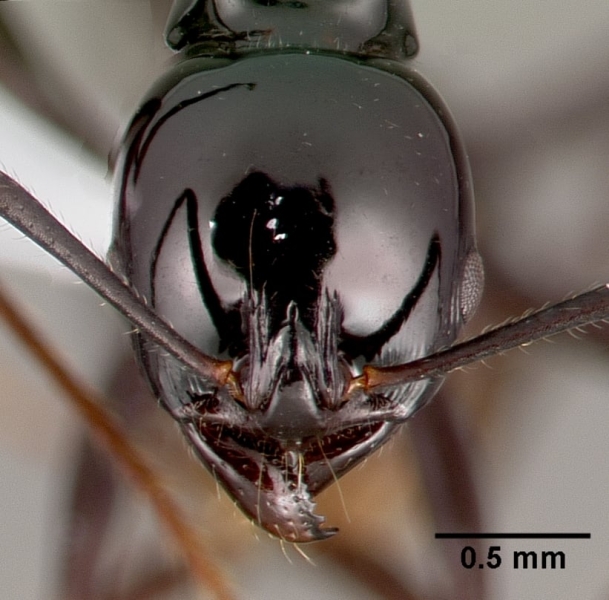
Ancyridris polyrhachioides © April Nobile/antweb.org
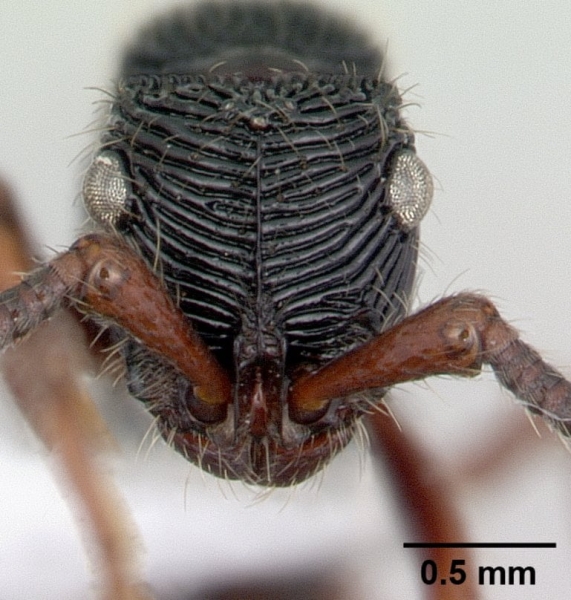
Chrysapace jacobsoni © Erin Prado/antweb.org
Ant Close Up Photos Reveal the Story of Evolution
The researchers went a step further, mapping these textures onto an evolutionary tree of ants. Their analysis revealed an incredible story. All those dimples and textures have evolved from smooth-faced ancestors. Some textures disappeared, only to reappear millions of years later. This evolutionary dance hinted at a hidden advantage, suggesting these patterns weren’t just random decorations. In fact, they may be crucial to survival for ants living in different conditions.
However, for now, this is just a theory. Evolutionary morphologist Brendon Boudinot noted that similar textures might not serve the same purpose in different species. Fingerprint-like ridges, for example, appear in both sand-digging ants and trap-jaw ants. But while the former need abrasion resistance, the latter don’t. For them, the face patterns might play a different role. They might serve to “diffuse stress or strain when those jaws are cocked,” Boudinot assumes, speaking to Science News.
Penick agrees that further research (and likely more ant close up images) is needed to confirm the exact benefits of these intricate patterns. He envisions textures boosting structural support, influencing microbial growth, or even playing a role in ant communication.
Ants Fun Facts
If you’ve ever observed ants from up close (and I believe you have, at least a child), you know how interesting they are. So, here are some fun facts about these critters before we jump to the close up portraits.
Ants Have Red Eyes? – While most ants have black or dark-colored eyes, certain species, like trap-jaw ants, have reddish or amber eyes. This is why some of ant close up photos make them look like tiny monsters.
Ants Communicate Through Antennae – Ants rely on their antennae to sense their surroundings, communicate, and detect pheromones left by other ants. This method of communication is crucial for colony coordination and survival.
Ant Close Up: Under the Microscope
Using high-resolution microscopy, Lithuanian photographer Eugenijus Kavaliauskas captured incredible images of ants. A Kavaliauskas’s ant close up image was even awarded in Nikon’s Small World photomicrography competition.
Scientists like Grigorii Timin and Dr. Michel Milinkovitch have used advanced imaging techniques to study various microscopic structures, ants included. their work has been a must-see for microphotography enthusiasts… Although, it can be a bit terrifying!
The main goal of photography in the scientific field is to uncover the hidden beauty of the microscopic world. Ants, with their diverse textures and patterns, have become a fascinating subject for those exploring the intersection of art and science.
Ant Portraits, Up Close and Personal
These ant close up “portraits” are surely fantastic, with plenty of diversity. They even inspired textile designer Meredith West Owens to create abstract fabric patterns. But I won’t lie—they’re also kind of scary. Certainly, these photos are a neat way to connect science, nature, and art (and a dash of horror). So, now I leave you with more of them, and you can see plenty more on AntWeb, a dedicated website for this project.
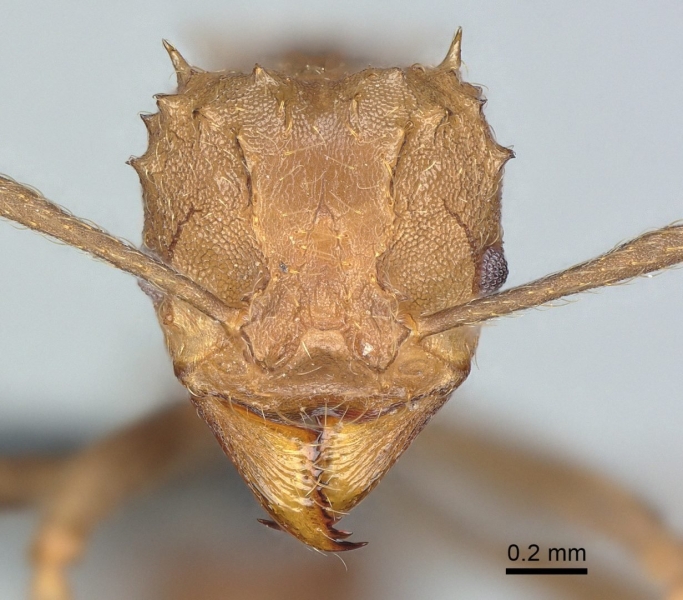
Acromyrmex © Michele Esposito/antweb.org
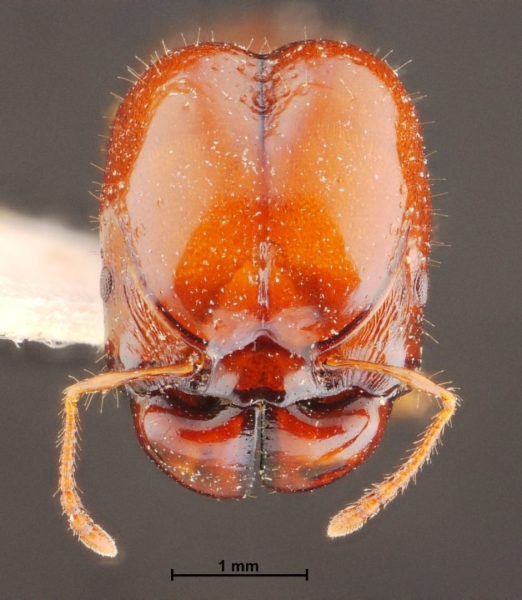
Acanthomyrmex thailandensis © W. Jaitrong/antweb.org
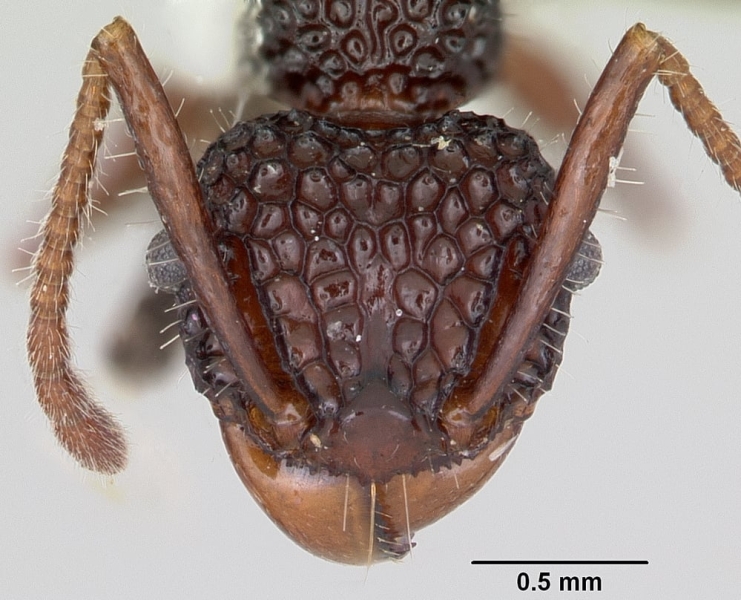
Acanthomyrmex © April Nobile/antweb.org
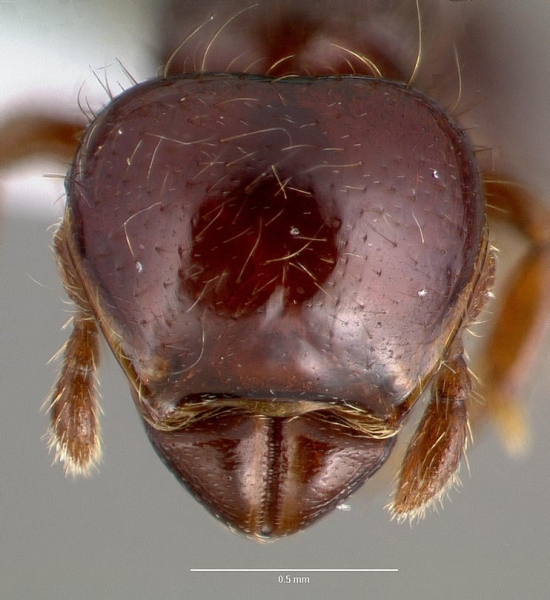
Tatuidris © April Nobile/antweb.org

Myrmecia mjobergi © Z. Lieberman/antweb.org
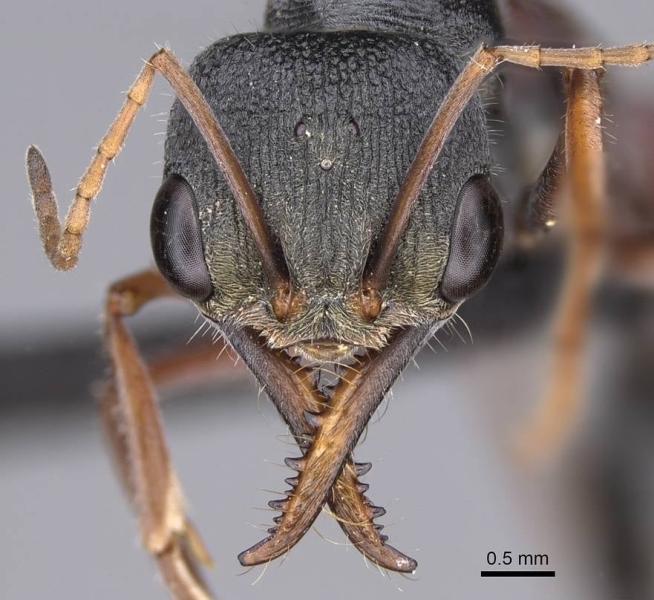
Myrmecia © Michele Esposito/antweb.org

Myrmecia borealis © Z. Lieberman/antweb.org

Myrmecia © April Nobile/antweb.org
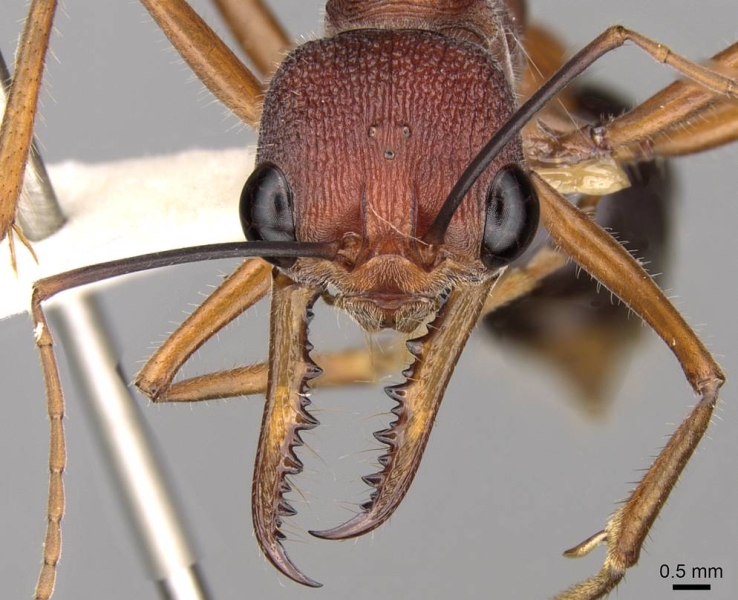
Myrmecia analis © Z. Lieberman/antweb.org
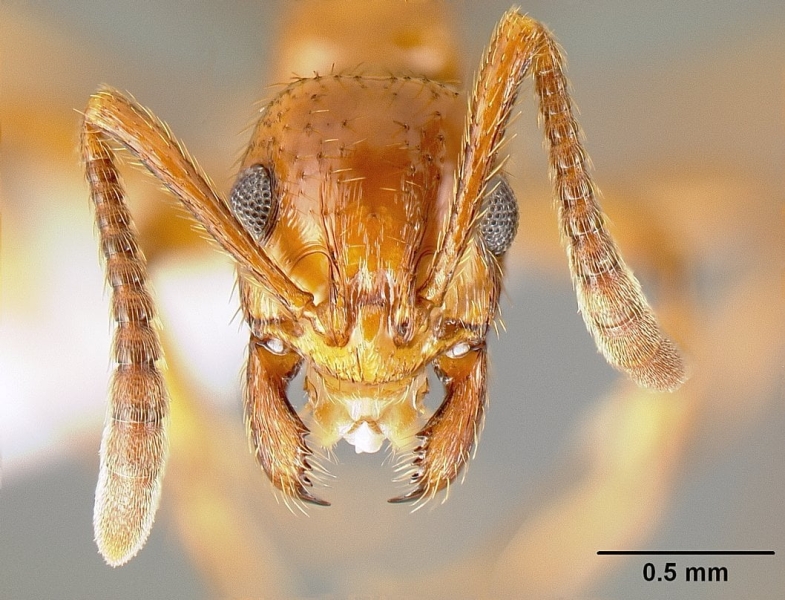
Megalomyrmex adamsae © John T. Longino/antweb.org

Lioponera suscitata © Noel Tawatao/antweb.org

Lioponera © Michele Esposito/antweb.org
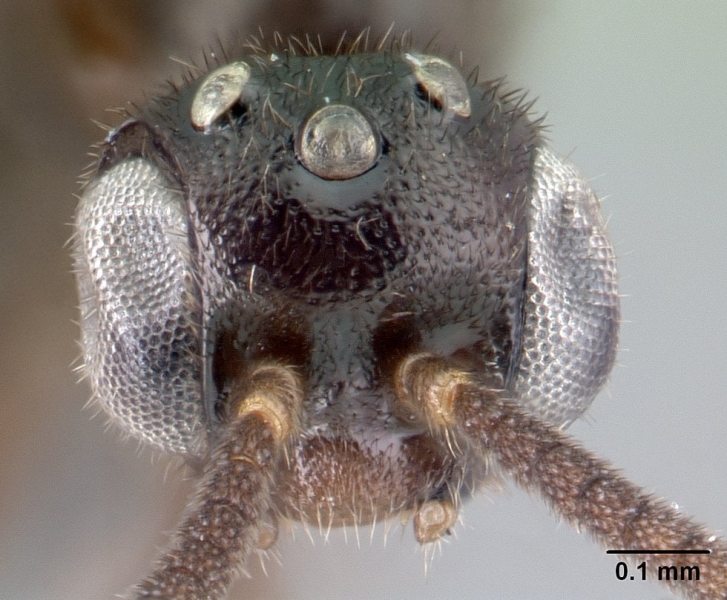
Apomyrma © Erin Prado/antweb.org
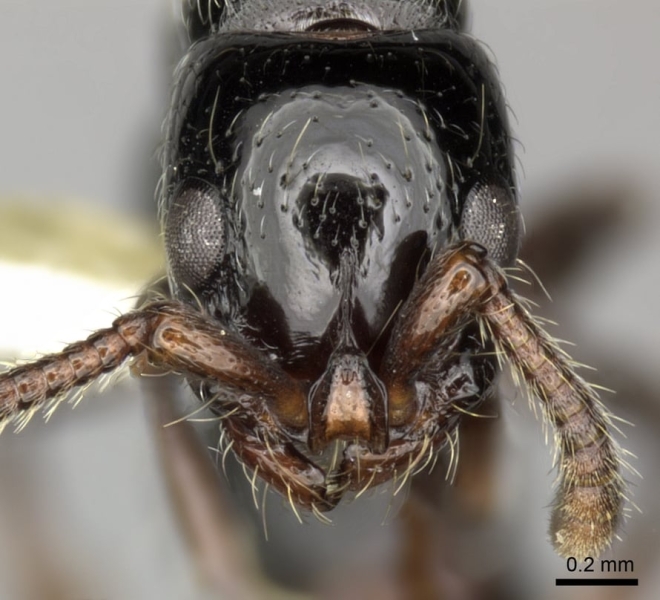
Lioponera aberrans © Estella Ortega/antweb.org
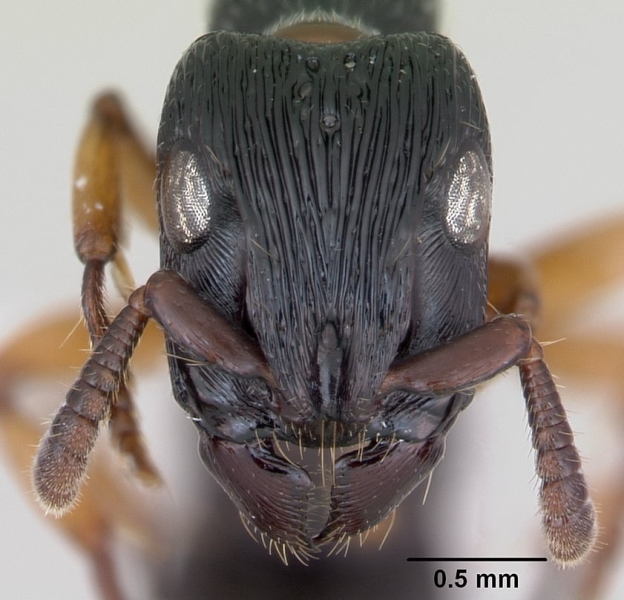
Lioponera aberrans © Estella Ortega/antweb.org
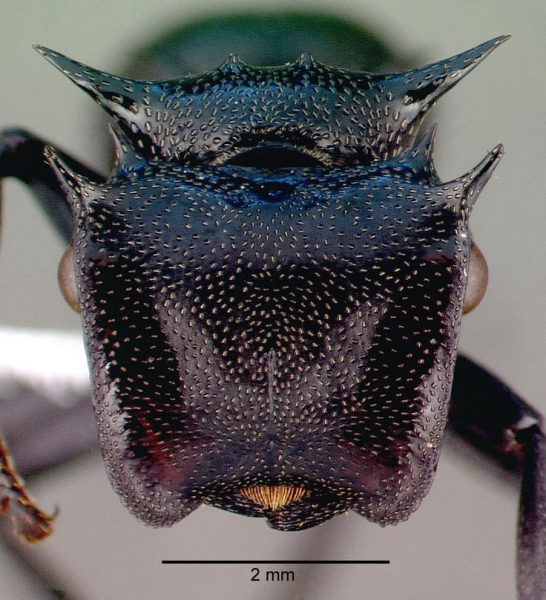
Cephalotes atratus © April Nobile/antweb.org

Aneuretus simoni © April Nobile/antweb.org
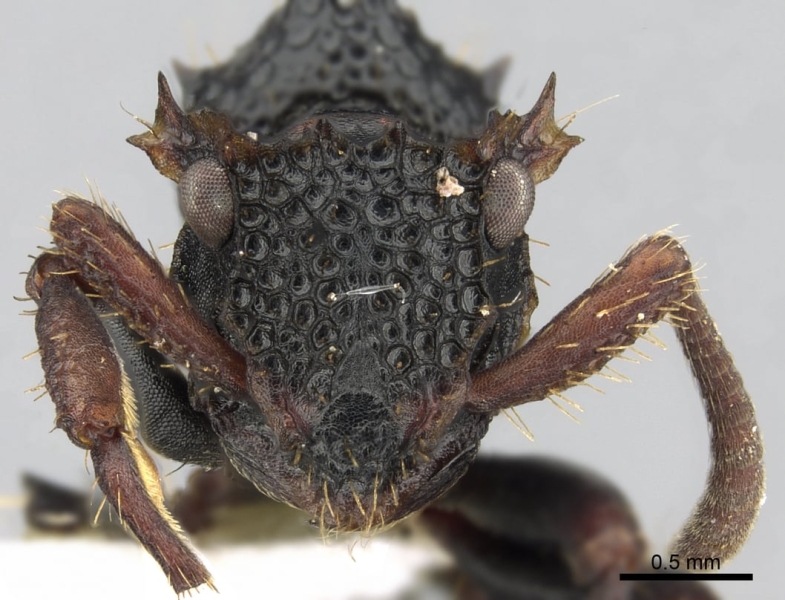
Ankylomyrma coronacantha © Ryan Perry/antweb.org
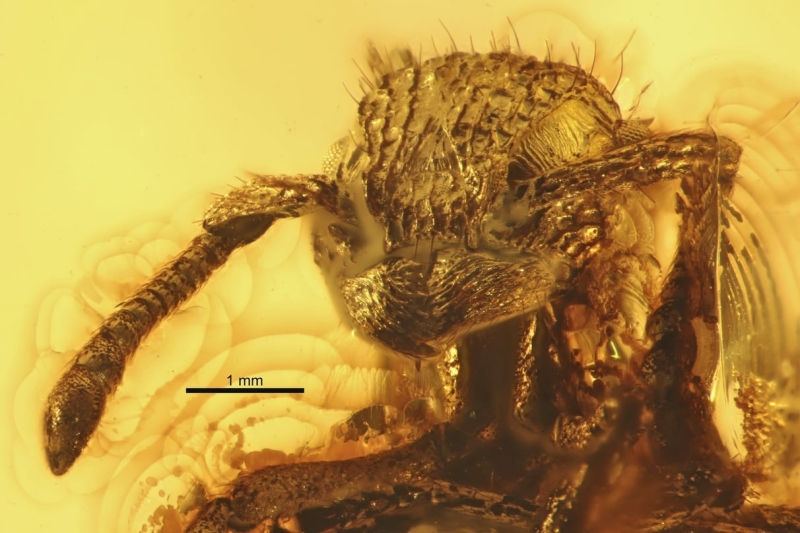
Agroecomyrmex duisburgi © Vincent Perrichot/antweb.org
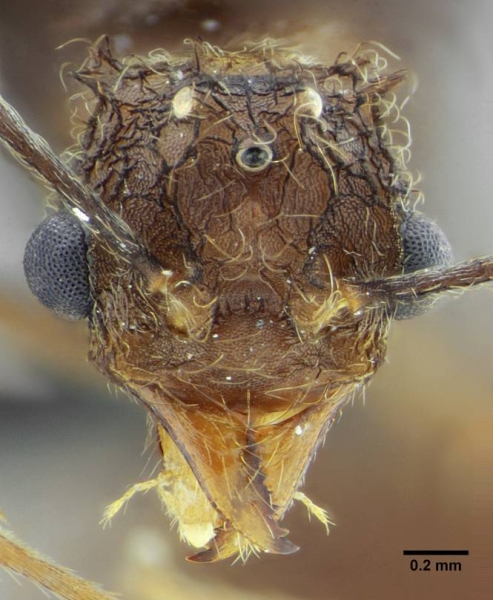
Acromyrmex ameliae © Gabriela de Figueiredo/antweb.org
[via PetaPixel]

